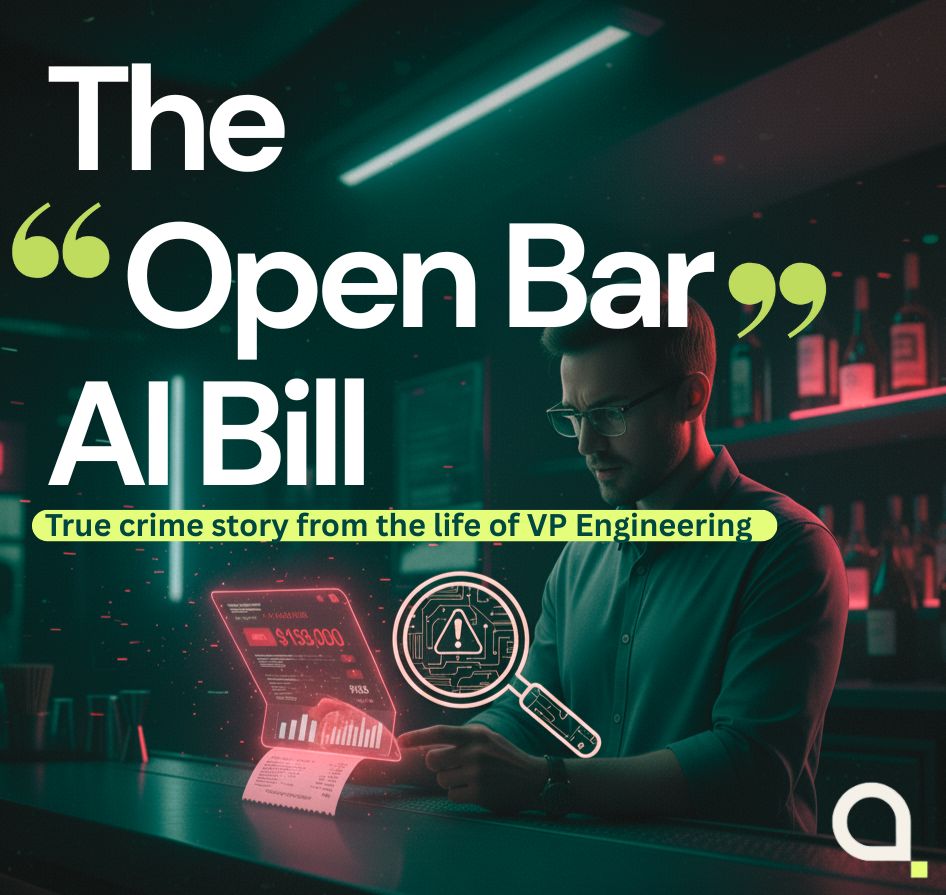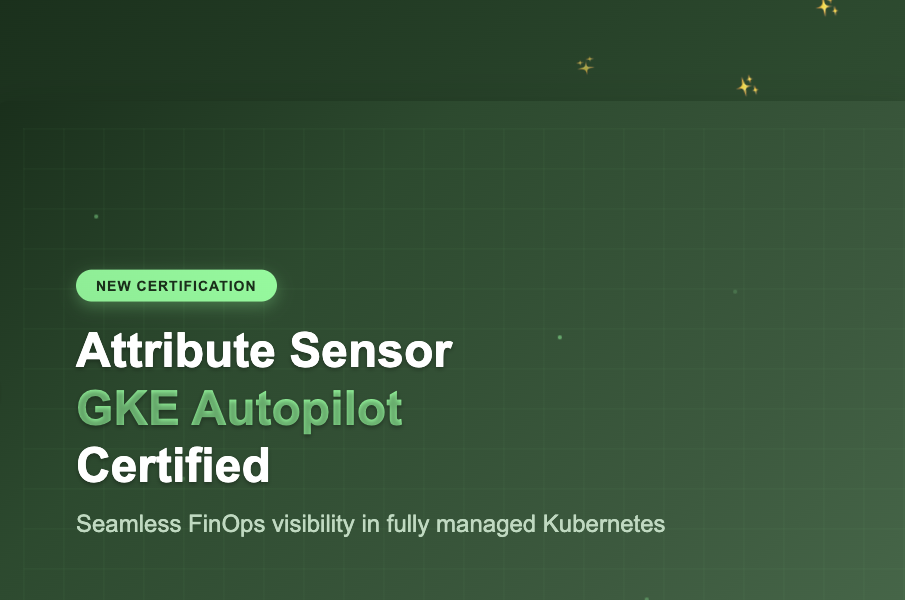As engineering leaders, we’re all living through a massive platform shift. AI isn’t just a buzzword on a slide deck anymore; it’s a powerful tool that’s fundamentally changing how we build and deliver software.
However, integrating AI isn’t a single challenge, it’s a grand expedition with two parallel journeys, each requiring completely different maps. The first is equipping our developers. The second, and far more complex, is embedding AI directly into our products.
Successfully navigating both is critical, but they come with vastly different challenges, especially when it comes to the one thing every VP of Engineering is accountable for: cost.
Expedition Journey 1 – AI for Developers
One can consider this journey as the more straightforward one out of the two. And still, so many challenges are folded into it. To name a few:
- How to measure ROI? Is it really improving velocity and by how much?
- What is the impact on your Engineering Culture and code ownership?
- How does it impact your team building and recruiting strategy?
- How to manage objections from within (usually coming from the more senior talent)?
While these are critical topics for another day, the cost model is simple. It’s a predictable, per-seat license fee – a clear line item in your OpEx budget.
Expedition Journey 2 – AI in Your Product
This is where the map gets tricky. When you embed AI into your solution, whether it’s a support chatbot or a backend summarization service, it’s no longer a simple tool. It becomes a core component of your application architecture.
This AI component isn’t a fixed operational expense; it becomes a variable cost that scales with customer usage, often in unpredictable ways.
Here’s another way to look at it: you are hosting a company party and you tell the bartender, “Keep the drinks flowing, it’s all on one tab.” You’ve got different teams at the party: sales, marketing, engineering etc.
The Problem: At the end of the night, the bartender hands you a bill that looks more like a phone number.
The Question: Is the massive bill because everyone at the party had a couple of beers (broad, low-cost usage)? Or is it because the sales team, celebrating a new client, decided to order rounds of 50-year-old single-malt scotch for everyone at their table (a small user group with extremely expensive usage)?
Without a detailed receipt, you’re flying blind. You can’t tell the difference between reasonable consumption and budget-destroying excess.
This is the exact problem we face in our engineering world. Your platform uses several AI services, for multiple microservices, for example:
- Microservice A powers your new AI-driven analytics feature for premium customers.
- Microservice B handles a “smart summarization” feature available to all users.
- Microservice C runs an internal process to categorize support tickets.
At the end of the month, you get one consolidated bill from your AI provider. Now the CFO is asking the tough questions, and you’re required to attribute those costs back to the specific services, features, and even customers that generated them. How do you do that?
This isn’t just a hypothetical problem; it’s one I face every day. The key to solving the “open bar” dilemma is to get a detailed receipt for every single “drink” ordered.
Lucky for me, I work at Attribute and I love solving my problems by “Drinking our own Champagne“.
So, we leveraged our eBPF based sensor with its deep packet inspection capabilities on my microservices, understanding not only which AI services each microservice is consuming but also how much it consumed out of the total bill.
It actually acts like a meticulous accountant standing behind the bar, logging every single request. It allows us to understand not only which AI service each microservice is consuming, but precisely how much it consumed out of the total bill. We can trace every dollar of AI spend back to its source without requiring our developers to change their code.
Not to mention the great feeling of turning an “engineering problem” into a product solution, now offered for all of our customers as well.
Now I can also feel comfortable inviting the different teams in the company to an “Open Bar” AI event. I know that at the end of the day, I will not be stuck with the bill facing the finance all alone 🙂






